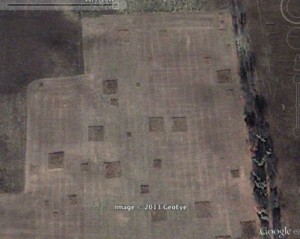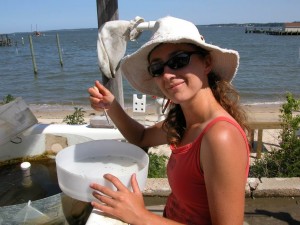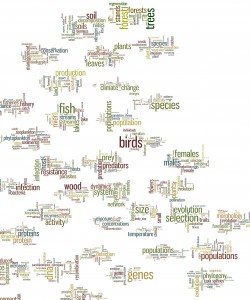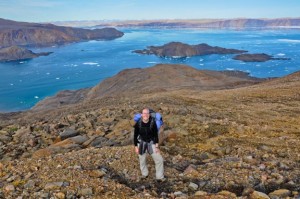Global meat consumption is expected to rise dramatically in coming decades as consumers from emerging nations increase the amount of meat and animal protein in their diet. The “ecological hoofprint” of the livestock industry is already enormous, and it is expected to increase. Influential explanations on rising meat consumption (“livestock revolution,” “nutrition transition,” “hamburger connection”) assert a correlation between meat demand and rising income. The concept of demand requires elaboration in order to comprehend increasing global meat consumption and associated environmental and health impacts. I will discuss the political-economic processes and cultural considerations that contribute to demand in the emerging nation of Brazil, with a secondary emphasis on China. The aim of this project is to begin to build toward an enhanced understanding of the factors that structure the demand for meat in emerging countries and to better understand the material and discursive dimensions of development as revealed through meat.
Jeffrey Hoelle
Assistant Professor of Anthropology, UC Santa Barbara
Hoelle Culture and Environment Lab







